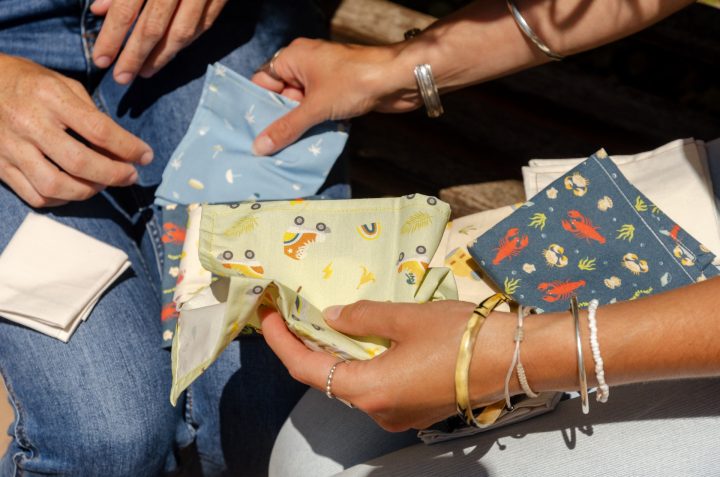The History of the Handkerchief Tells How This Common Item Has Evolved Over Time
A Handkerchief is far from just a simple accessory. It has become an integral part of our day-to-day lives that we may not even realize. Throughout history, people have used the handkerchief to help with everything from personal hygiene to protection against war and disease. There are many interesting facts surrounding this seemingly mundane product. Let’s look at the evolution of the handkerchief over time and what it means to us today.

Our collective history with the handkerchief
Over time, the handkerchief has developed into many different forms, from ancient clothes worn by royalty to paper squares used to dab away tears and hold nosebleeds. But where did it all begin? Let’s find out.
When Did They Come into Use?
The early handkerchief was mostly made of cotton and linen and often served as reusable tablecloths. In Western culture, a handkerchief is thought to have originated in ancient Greece—their version of the handkerchief was a plain rectangular piece of cloth used to wipe sweat from someone’s brow during a game of Ancient Olympic discus.
During medieval times, people would use their sleeves or aprons to wipe their noses instead of using actual hankies; however, by about 1400 AD, it had become commonplace for women to carry small pieces of cloth with them at all times for wiping their noses (and other uses).
However, it wasn’t until 1620 when Britain began trading silk with China that people started regularly carrying the cotton handkerchief daily. While there is some debate over who invented what we now know as modern-day handkerchiefs, credit is generally given to King Louis XIII of France in 1630 for having popularized the cotton handkerchief. By 1650, both men and women were carrying these cotton squares around regularly.
Cultural impact on the handkerchief
The handkerchief is seen differently in different cultures. The use and materials in which a handkerchief is made can determine its role. In India, Paisley Pattern Women Bandana is often used to clean up after religious ceremonies. In Western culture, they are an accessory or gifts given on birthdays or anniversaries.
They are frequently used as fashion accessories in cultures that don’t see them primarily as functional items. In Asian countries, a handkerchief has been traditionally used for its intended purpose—for cleaning your nose when you sneeze or blow your nose.
However, since these traditions are starting to spread, western society has started using them less for their intended purpose and more for aesthetic purposes. They use it as a wedding handkerchief in men’s coats in Europe now. Europe has also seen a variation with table napkins in the elite class.
Alternatives to a Handkerchief
A soft and super absorbent handkerchief has always made it easier to blow your nose in style. There are many options today with the monogrammed, woven handkerchief, silk handkerchief, plain handkerchief, floral pattern handkerchief, embroidered handkerchief, designer handkerchief, and washcloth Handkerchief, suit handkerchief, and tuxedo pocket squares. If you prefer not to use a hanky, consider using a washcloth for extra moisture.
Where Can You Get One Today?
You can find a handkerchief at most clothing stores and department stores, but it is best to purchase them online. You can get a wider variety for less money.


